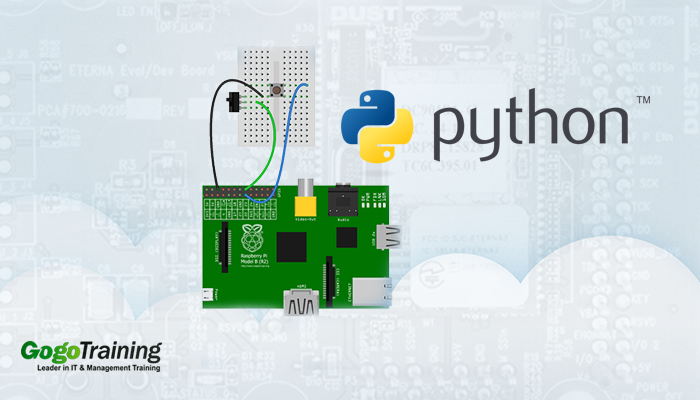Overview of Python
Python, a programming language that was developed in the late 1980s, is named after its developer, Monty Python. One of the advantages of using Python is that a program can be written using fewer code lines, as compared to other programming languages, such as C++ or Java. In addition to this, other advantages that Python provides is it is freely available, is open-source software, can be used on different Operating Systems, is Object-Oriented, and has automatic Memory Management.
Overview of Data Structures
Each program has some variable values that need to be stored during the execution of a program. Data structures can be defined as containers that are used to store these variable values having same methods for manipulating the available data. Some of the reasons to use data structures are:
- Efficient problem-solving
- Focus on main problems without getting into detail
- Consistent way
- Information is securely stored
- Sorted data
Types of Data Structures
Different types of available Python Data Structures are:
- Strings: Most commonly used data structure that is written using either single or double quotes. Further, using the built-in strings, many operations can be easily performed. You can also index and extract program slices by using the subscript notation.
- Lists: The most systematized, generalized, and schematic data structures. Using a list, various different types of Python objects, such as numbers, functions, strings, can be stored in a sequenced manner. Some of the common list data types are:
- list.append: Adds item to end of the list
- list.insert: Inserts an item in the list
- list.remove: Removes an item from the list
- list.extend: Extends the list by appending it
- list.sort: Sorts the list according to the requirement
- list.count: Returns the number a particular type appears
- Dictionaries: These are one of the important data types that are been used in Python. Data in a Dictionary values are entered in the key-value pair enclosed within the {} braces. Dictionaries are used in cases of a logical association, fast data lookup, or when constant data modification takes place.
- Sets: These are the data structures that are used for storing an unordered collection having no duplicate values. Primary function of creating sets is to perform membership testing and eliminating duplicate values.
- Tuples: These are the data structures that are defined as immutable lists in which data values are separated by commas. Immutable represents that you cannot delete/ edit/ add the tuple value.


